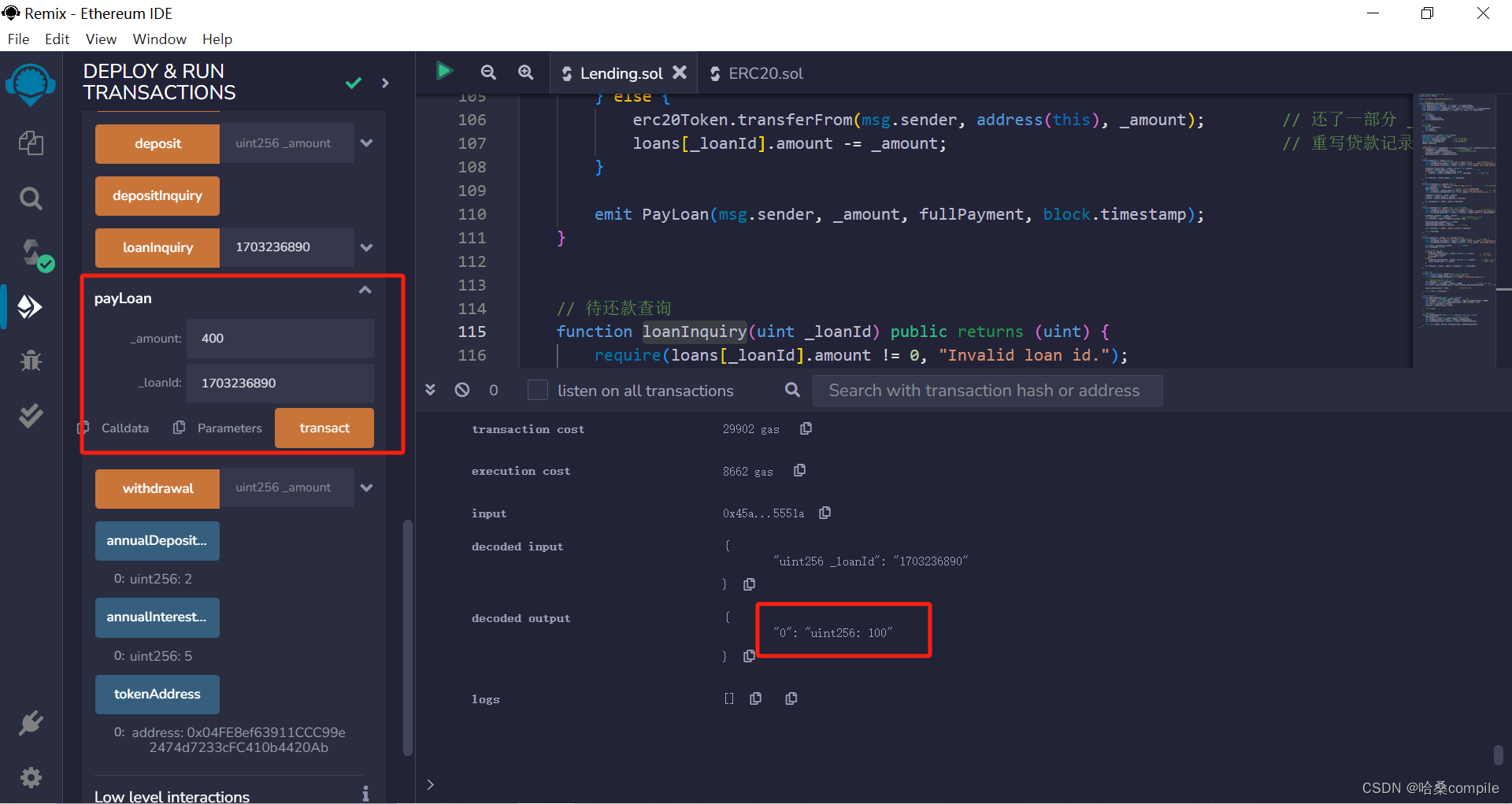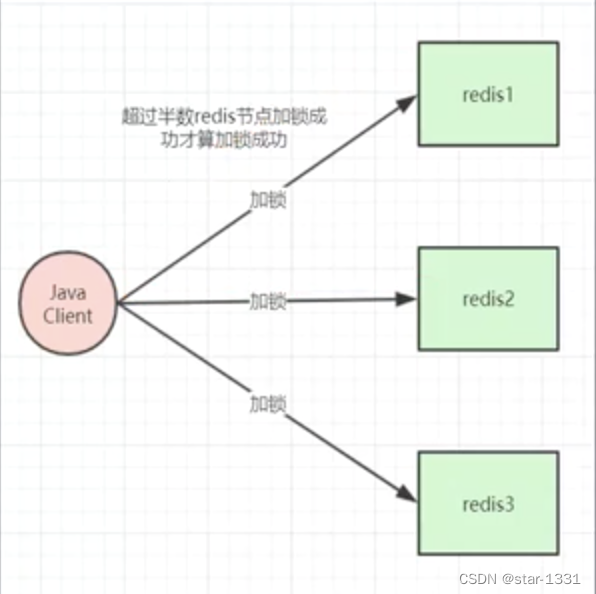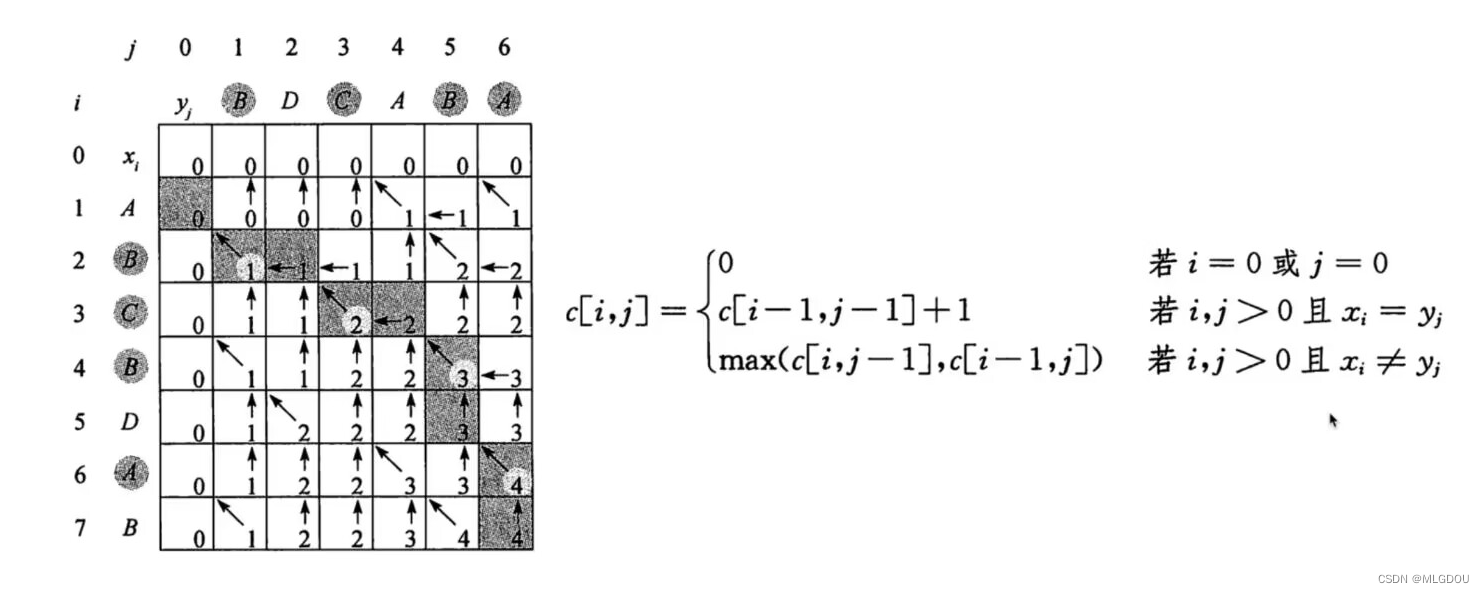1221 Polish
1. Transfer the road coordinates from the UE coordinates system into the CAD coordinates system by using the functions in the file INDEX2UE.py
Report
Changes in the function initialMatrix
# 初始化标签
self.outdoor_label[self.wall_matrix == 1] = walls_label
self.outdoor_label[self.road_matrix == 1] = roads_label
# self.outdoor_label[self.river_matrix == 1] = river_label
self.outdoor_label[self.ditch_matrix == 1] = ditch_label
self.outdoor_label[soil_mask] = soil_label
# Realize this function.
self.initial_river()
df=pd.DataFrame(self.outdoor_label)
Changes in the function initial_position
请注意: 在'wall' 调用函数initial_position 的语句使用的文件,已经更新成UE坐标数据文件!!
请注意: 在函数_init_中需要更新self.station_coordinate=[] # remember the dots of the station这句对列表的初始化
def initial_position(self, file_name, x_shifting, y_shifting, x_scale, y_scale, pos_type):
"""
参数:file_name(文件路径名字), pos_type(坐标类型)
进行坐标转换,初始化墙、内门以及出口坐标
"""
# 读取文件
if pos_type == 'road':
df = pd.read_excel(file_name, header=None)
tuple_list = []
# 遍历每一行
for index, row in df.iterrows():
tuple_row = []
col_index = 1 # 初始列索引
# 在每行内部,每次读取两列数据,直到读完所有列
while col_index < len(row):
data1 = row.iloc[col_index] # 第一列的数据
data2 = row.iloc[col_index + 1] # 第二列的数据
if pd.notna(data1) and pd.notna(data2):
tuple_row.append((data1, data2))
col_index += 2 # 更新列索引,跳过已读取的两列
if tuple_row:
tuple_list.append(tuple_row)
for sublist in tuple_list:
# 遍历每一行
maxy = -100000
col_index = 0
while col_index + 1 < len(sublist):
# 获取两列数据
data1 = sublist[col_index]
data2 = sublist[col_index + 1]
start_x, start_y, end_x, end_y = data1[0], data1[1], data2[0], data2[1]
# end_x += x_shifting
# end_x /= x_scale
# # end_x *= self.grid.width
# end_x = round(end_x)
# end_y += y_shifting
# end_y /= y_scale
# # end_y *= self.grid.height
# end_y = round(end_y)
# start_x += x_shifting
# start_x /= x_scale
# start_x = round(start_x)
# start_y += y_shifting
# start_y /= y_scale
# start_y = round(start_y)
'''
Transfer the points from CAD coordinate system into UE coordinate system
'''
# apply the transfer function of cad2ue
x,y=start_x,start_y
x, y = self.outdoor_transer.cad2ue_plan2(x, y)
start_x, start_y = self.outdoor_transer.ue2index_model2(x, y, self.scaled_width, self.scaled_height)
x,y=end_x,end_y
x, y = self.outdoor_transer.cad2ue_plan2(x, y)
end_x, end_y = self.outdoor_transer.ue2index_model2(x, y, self.scaled_width, self.scaled_height)
self.roads.append({"start_x": start_x, "end_x": end_x, "start_y": start_y, "end_y": end_y})
'''
Applying 1 to self.road_matrix along the route
from the start point(star_x,star_y) to end point (end_x,end_x)
'''
self.apply_matrix_dots(start_x, start_y, end_x, end_y, 'road')
col_index += 1
elif pos_type == "river":
df = pd.read_excel(file_name)
num = df['x1'].notna().sum()
# print(pos_type, "数量:", num)
# 坐标变化
for i in range(num):
start_x, start_y = df['x1'][i], df['y1'][i]
start_x += x_shifting
start_x /= x_scale
start_x = round(start_x)
# align with roads
start_x = start_x - 38
start_y += y_shifting
start_y /= y_scale
start_y = round(start_y)
# align with roads
start_y = start_y + 28
self.stream_pos.append((start_x, start_y))
if i > 0:
'''
Applying 1 to self.river_matrix along the route
from the start point(start0_x,start0_y) to end point (start_x,start_y)
'''
self.apply_matrix_dots(start0_x, start0_y, start_x, start_y, 'river')
start0_x, start0_y = start_x, start_y
num2 = df['x2'].notna().sum()
# print(pos_type, "add 数量:", num2)
# 坐标变化
for i in range(num2):
start_x, start_y = df['x2'][i], df['y2'][i]
start_x += x_shifting
start_x /= x_scale
start_x = round(start_x)
# align with roads
start_x = start_x - 38
start_y += y_shifting
start_y /= y_scale
start_y = round(start_y)
# align with roads
start_y = start_y + 28
self.stream_pos2.append((start_x, start_y))
if i > 0:
'''
Applying 1 to self.river_matrix along the route
from the start point(start0_x,start0_y) to end point (start_x,start_y)
'''
self.apply_matrix_dots(start0_x, start0_y, start_x, start_y, 'river')
start0_x, start0_y = start_x, start_y
else:
df = pd.read_excel(file_name)
num = len(df['x1'])
station_no=0 # remember the round of getting the coordinate
# print(pos_type, "数量:", num)
# 坐标变化
for i in range(num):
if pos_type == 'wall':
# Coordinates in the UE coordinate system are used.
start_x, start_y, end_x, end_y = df['x1'][i], df['y1'][i], df['x2'][i], df['y2'][i]
start_x += x_shifting
start_x /= x_scale
start_x = round(start_x)
start_y += y_shifting
start_y /= y_scale
start_y = round(start_y)
end_x += x_shifting
end_x /= x_scale
end_x = round(end_x)
end_y += y_shifting
end_y /= y_scale
end_y = round(end_y)
# apply the transfer function of cad2ue
x,y=start_x,start_y
# x, y = self.outdoor_transer.cad2ue_plan2(x, y)
start_x, start_y = self.outdoor_transer.ue2index_model2(x, y, self.scaled_width, self.scaled_height)
x,y=end_x,end_y
# x, y = self.outdoor_transer.cad2ue_plan2(x, y)
end_x, end_y = self.outdoor_transer.ue2index_model2(x, y, self.scaled_width, self.scaled_height)
# print(f'({start_x},{start_y}),({end_x},{end_y})')
self.station_coordinate.append(start_x)
self.station_coordinate.append(start_y)
self.station_coordinate.append(end_x)
self.station_coordinate.append(end_y)
station_no=station_no+1
if station_no>=2:
self.apply_matrix_dots(start_x, start_y, end_x, end_y, 'wall')
else:
start_x, start_y = df['x1'][i], df['y1'][i]
start_x += x_shifting
start_x /= x_scale
start_x = round(start_x)
start_y += y_shifting
start_y /= y_scale
start_y = round(start_y)
# if pos_type == 'wall':
# '''
# Applying: 1 to self.wall_matrix along the route
# from the start point(start_x,start_y) to end point (end_x,end_y)
# '''
# self.apply_matrix_dots(start_x, start_y, end_x, end_y, 'wall')
if pos_type == 'indoor':
self.indoors.append((start_x, start_y))
if i > 0:
'''
Applying 1 to self.indoor_matrix along the route
from the start point(start0_x,start0_y) to end point (start_x,start_y)
'''
self.apply_matrix_dots(start0_x, start0_y, start_x, start_y, 'indoor')
start0_x, start0_y = start_x, start_y
elif pos_type == 'exit':
if start_x == end_x:
for i in range(start_y, end_y + 1):
self.pos_exits.append((start_x, i))
# 920 apply coordinates to exits_matrix
self.exits_matrix[start_x][i] = 1
elif start_y == end_y:
for i in range(start_x, end_x + 1):
self.pos_exits.append((i, start_y))
# 920 apply coordinates to exits_matrix
self.exits_matrix[i][start_y] = 1
else:
continue
elif pos_type == "pillar":
pillar_positions = {"start_x": start_x, "end_x": end_x, "start_y": start_y, "end_y": end_y}
self.pillars.append(pillar_positions)
'''
Applying 1 to self.pillar_matrix along the route
from the start point(start_x,start_y) to end point (end_x,end_y)
'''
self.apply_matrix_dots(start_x, start_y, end_x, end_y, 'pillar')
else:
pass
# self.water_initial_pos.append((start_x, start_y))
Changes in the function apply_matrix_dots
def apply_matrix_dots(self, start_x, start_y, end_x, end_y, attri):
'''
Applying Bresenham's line algorithm to find out all the points along the route and updating all the location on matrix as 1.
Args:
start_x:
start_y:
end_x:
end_y:
attri: Utilized for determining which matrix should be modified.
Returns:
'''
# Get the points for the line between start and end
if attri != 'wall':
points = bresenham_line(start_x, start_y, end_x, end_y)
if attri == 'road':
# Update the road_matrix for each point on the line
for x, y in points:
if 0 <= x < len(self.road_matrix) and 0 <= y < len(self.road_matrix[0]):
self.road_matrix[x][y] = 1
if attri == 'river':
for x, y in points:
if 0 <= x < len(self.river_matrix) and 0 <= y < len(self.river_matrix[0]):
self.river_matrix[x][y] = 1
if attri == 'wall':
'''
Considering wall is initialized with two dots, finding out all the dots lying in the rectangular first,
then acquiring all the dots lying in the outer line.
'''
# todo there is going to have two groups of coordinates, comparing to the original one group
# rectangle_dots = get_coordinates_in_range((start_x, start_y), (end_x, end_y)) # This function only supports one group of points.
# ditch = get_rectangle_coordinates(start_x - 1, start_y - 1, end_x + 1, end_y + 1)
rectangle_dots = find_dots_in_rectangle(self.station_coordinate) # Find dots within the rectangle composed with the four dots.
ditch_dots = [
self.station_coordinate[0] - 1,
self.station_coordinate[1] + 1,
self.station_coordinate[2] + 1,
self.station_coordinate[3] + 1,
self.station_coordinate[4] - 1,
self.station_coordinate[5] - 1,
self.station_coordinate[6] + 1,
self.station_coordinate[7] - 1
]
ditch = find_outline_dots(ditch_dots)
for x, y in rectangle_dots:
if 0 <= x < len(self.wall_matrix) and 0 <= y < len(self.wall_matrix[0]):
self.wall_matrix[x][y] = 1
for x, y in ditch:
if 0 <= x < len(self.ditch_matrix) and 0 <= y < len(self.ditch_matrix[0]):
self.ditch_matrix[x][y] = 1
if attri == 'indoor':
# Question: what's the meaning of indoor? The output of indoor matrix contains nothing.
for x, y in points:
self.indoor_matrix[x][y] = 1
if attri == 'pillar':
# Question: what's the meaning of pillar? The output of pillar matrix contains nothing.
for x, y in points:
self.pillar_matrix[x][y] = 1
New defined functions
- In the file
model2.py
def fill_area(self, array, target_value=3):
'''
fill the circled area
'''
# Create a binary mask where the target_value is True
mask = (array == target_value)
# Fill the holes in the binary mask
filled_mask = binary_fill_holes(mask)
# Set the filled area back to the target_value in the original array
array[filled_mask] = target_value
return array
def initial_river(self):
valid_time = 0
sum_time = 0
current_dir = os.path.dirname(os.path.abspath(__file__))
datadir = os.path.join(current_dir, './Model2_data/outdoor_data/outdoor_river')
filenames = os.listdir(rf'{datadir}')
# read each river points file
for file in filenames:
# 判断文件是否为空
if os.path.getsize(f'{datadir}/{file}') == 0:
continue
# 读取txt文件
with open(f'{datadir}/{file}', 'r') as f:
data = f.read()
# 将JSON格式的字符串解析为Python对象
data = json.loads(data)
temp_no=0
total_start_x,total_start_y=0,0
total_end_x,total_end_y=0,0
# 遍历每个坐标
for obj in data['selectedObjCoords']:
# 获取坐标值
x, y, z = obj['coords']['x'], obj['coords']['y'], obj['coords']['z']
# 将UE坐标转换为索引坐标
index_x, index_y = self.outdoor_transer.ue2index_model2(x, y, self.scaled_width, self.scaled_height)
# print(f'转换前{x}, {y}, 转换后{index_x}, {index_y}')
# 将z轴的值赋值给索引坐标
if 0 <= index_x < len(self.outdoor_topographic_matrix) and 0 <= index_y < len(
self.outdoor_topographic_matrix[0]):
# self.outdoor_topographic_matrix[int(index_x), int(index_y)] = z
# get all the points along the straight line
end_x,end_y=index_x,index_y
total_end_x,total_end_y=index_x,index_y
if temp_no!=0:
if calculate_distance(start_x,start_y,end_x,end_y)<=50:
points = bresenham_line(start_x, start_y, end_x, end_y) # find all the points within the straight line
for x, y in points:
self.outdoor_label[int(x), int(y)] = 3 # Represent the river
valid_time += 1
else:
# find the dots that are too distant
print(f'({start_x},{start_y}),({end_x},{end_y})')
else:
total_start_x,total_start_y=index_x,index_y
start_x, start_y=index_x,index_y
temp_no=temp_no+1
sum_time += 1
# connect the last dot with the first dot. And the distance of the two dots should be within certain distance
if calculate_distance(total_start_x,total_start_y,total_end_x,total_end_y)<=5:
points = bresenham_line(total_start_x, total_start_y, total_end_x, total_end_y) # find all the points within the straight line
for x,y in points:
self.outdoor_label[int(x), int(y)] = 3 # Represent the river
# For the disconnect dots due to the reason of labeling sequence. (712,172),(716,267)
'''
Given the coordinate of a dot and find the closest dot coordinate with the same label,
which is 3, in a 2D numpy array, which is `self.outdoor_label` and it has different label numbers.
'''
start_x,start_y=712,172
clos_x,clos_y=self.find_closest_dot(start_x,start_y)
print(f'({clos_x},{clos_y})')
points = bresenham_line(start_x, start_y, clos_x, clos_y) # find all the points within the straight line
for x, y in points:
self.outdoor_label[int(x), int(y)] = 3 # Represent the river
start_x,start_y=716,267
clos_x,clos_y=self.find_closest_dot(start_x,start_y)
print(f'({clos_x},{clos_y})')
points = bresenham_line(start_x, start_y, clos_x, clos_y) # find all the points within the straight line
for x, y in points:
self.outdoor_label[int(x), int(y)] = 3 # Represent the river
# self.outdoor_label = linear_interpolation(self.outdoor_label) # 近邻插值,只需要做一次!!
# 对outdoor_label 补充河流的标签。 并且冲突的时候,河流的优先级最低.
self.outdoor_label = self.fill_area(self.outdoor_label, target_value=3) # fill the circled area
# Fill out the content of the river.
# self.outdoor_topographic_matrix = linear_interpolation(self.outdoor_topographic_matrix) # 近邻插值,只需要做一次!!
# self.outdoor_topographic_matrix = cv2.GaussianBlur(self.outdoor_topographic_matrix, (7, 7), 3)
print(f'all translate time is {sum_time}, valid translate time is {valid_time}')
def find_closest_dot(self, x, y):
min_dist = float('inf')
closest_dot = None
for i in range(self.outdoor_label.shape[0]):
for j in range(self.outdoor_label.shape[1]):
if self.outdoor_label[i, j] == 3:
dist = np.sqrt((x - i)**2 + (y - j)**2)
if dist < min_dist and dist>10:
min_dist = dist
closest_dot = (i, j)
return closest_dot
- In the file
model2_utils.py
def calculate_distance(x1, y1, x2, y2):
'''
The function calculates the distance between two dots
'''
return ((x2 - x1)**2 + (y2 - y1)**2)**0.5
def find_dots_in_rectangle(dotsList):
'''
Find the rectangle between the four dots
:param dotsList: a list contians the coordinates of the four dots. e.g. [x1,y1,x2,y2,x3,y3,x4,y4]
:return: a list containing all dots within the rectangle which is composed with the four dots
'''
# Extract coordinates
x_coords = dotsList[0::2]
y_coords = dotsList[1::2]
# Find the bounding box of the rectangle
x_min, x_max = min(x_coords), max(x_coords)
y_min, y_max = min(y_coords), max(y_coords)
# Generate a list of all dots within the rectangle
dots_within_rectangle = []
for x in range(x_min, x_max + 1):
for y in range(y_min, y_max + 1):
dots_within_rectangle.append((x, y))
return dots_within_rectangle
def find_outline_dots(dotsList):
'''
Find all the dots in the outline of the rectangle composed with the four dots
:param dotsList: a list contains the coordinates of the four dots. e.g. [x1,y1,x2,y2,x3,y3,x4,y4]
:return: a list containing all dots within the outline of the rectangle which is composed with the four dots
'''
# Extract coordinates
x_coords = dotsList[0::2]
y_coords = dotsList[1::2]
# Find the bounding box of the rectangle
x_min, x_max = min(x_coords), max(x_coords)
y_min, y_max = min(y_coords), max(y_coords)
# Generate a list of dots along the outline
outline_dots = set()
for x in range(x_min, x_max + 1):
outline_dots.add((x, y_min))
outline_dots.add((x, y_max))
for y in range(y_min, y_max + 1):
outline_dots.add((x_min, y))
outline_dots.add((x_max, y))
return list(outline_dots)
Import packages
import csv
import json
import math
import os
import numpy as np
import pandas as pd
import time
import cv2
from skimage.util import img_as_float
from skimage.segmentation import slic
from INDEX2UE import INDEX2UE
from scipy.ndimage import zoom
from model2_utils import infiltrationRate, create_custom_colormap, get_neighborhood_vectorized, bresenham_line, \
get_coordinates_in_range, get_rectangle_coordinates, get_specific_neighbors_indices, linear_interpolation, \
get_UE_shift,calculate_distance
from parameters import Parameters
from scipy.ndimage import binary_fill_holes, binary_dilation, generate_binary_structure
Final Output
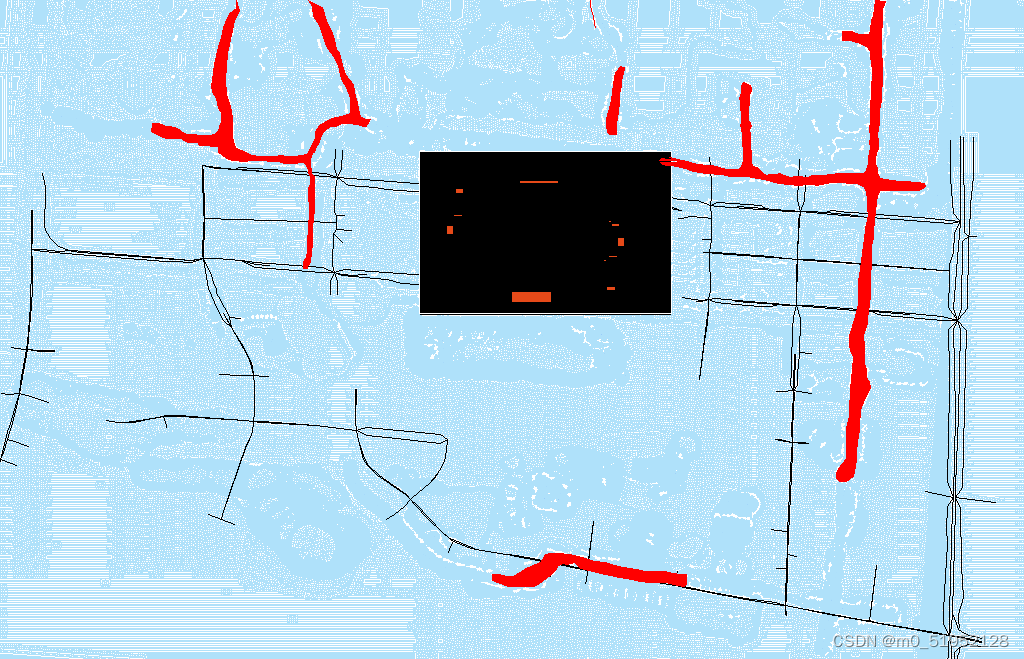
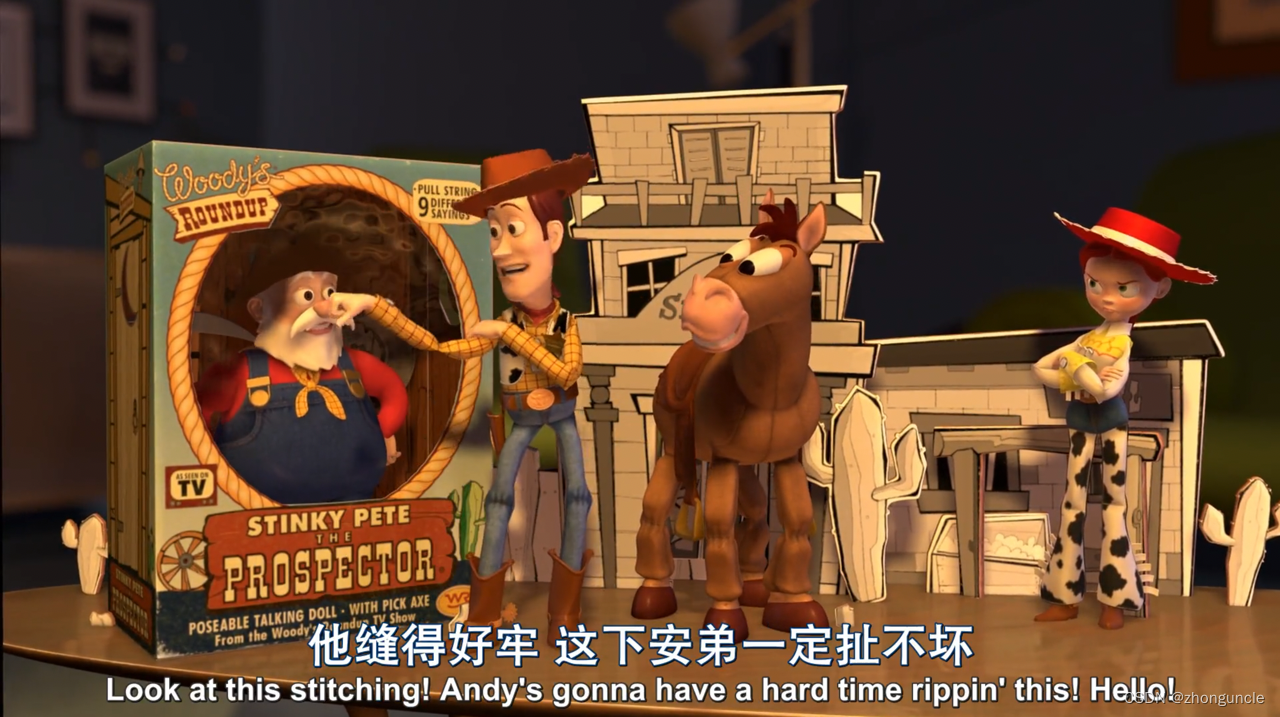

![Keil中文报错提示为: [-Winvalid-source-encoding]问题解决](https://img-blog.csdnimg.cn/direct/e8cd94b920ed42b7af33d22a26b51262.png)


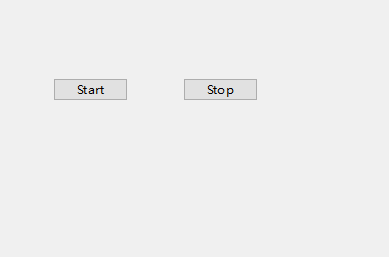

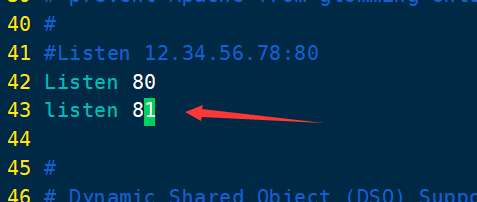
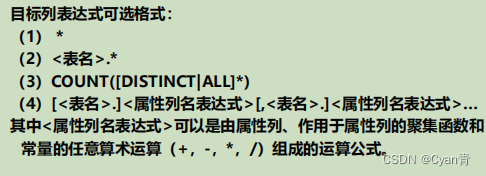

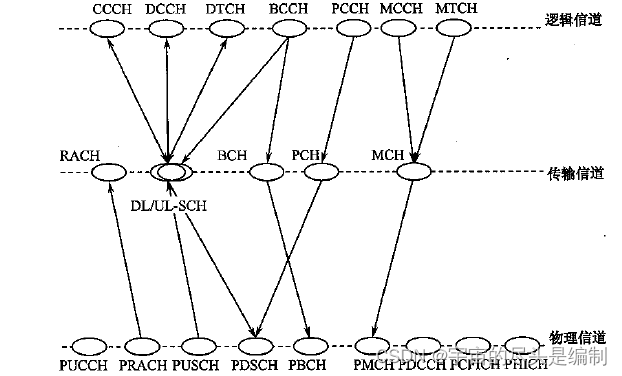
![NNDL 作业12-优化算法2D可视化 [HBU]](https://img-blog.csdnimg.cn/direct/f48af9e9ec4848a68cc30e2e114fb0c9.png)
